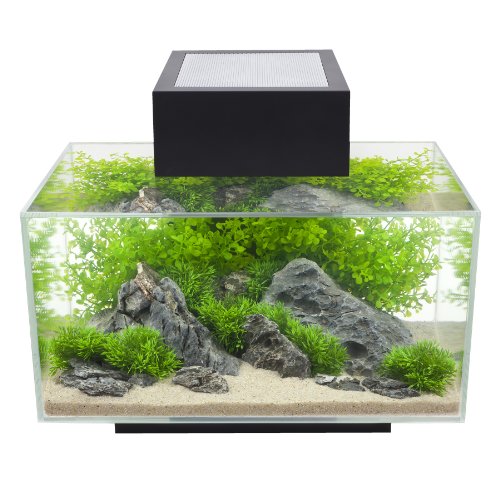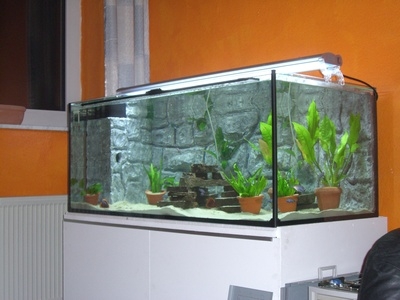The condition called Season Affective Disorder affects many people. This condition occurs when there is a long-term lack of sunlight due to weather conditions. It is likely to occur in the winter when there are long periods of cloudy days or the weather is simply too cold to be outside. This condition is treated by using a form of light that is a substitute for sunlight.
Your pet will suffer also if not given the proper amount of exposure to light. They cannot talk to us but they show by their actions that they are depressed. They may become lazy or show less interest in food. They may also display serious conditions such as kidney problems, metabolic bone disease, or rickets. If you give your pet the right type of lighting their health will improve, they will remain active, eat well, and even increase their breeding tendencies.
Light and heat go hand in hand when it comes to reptiles. Many types of light produce heat and reptiles need both heat and light to remain healthy. You have probably seen heat lights such as those used in incubators, food warmers in convenience stores, or heat light bulbs sold in most hardware stores.
In the past and even today, many believe that all a reptile needs is a source of warmth. We now know we need to keep our reptiles in conditions as close as possible to their native home. This means we need to provide humidity, heat, and a certain type of light source. The best type of light for your pet reptile is natural sunlight from its home. Sunlight from other areas would not be sufficient to keep your pet healthy. Unless you live in your pets natural habitat, you will need to provide artificial light.
Proper lighting is important to your pets ability to use vitamin D. Calcium and vitamin D work together to build bone and maintain them as well as forming healthy nerve cells for sending messages. Your pet as well as humans are in danger of osteoporosis if their bodies have a shortage of calcium. The nervous system can also fail and death can occur.
A reptile will obtain Vitamin D when they eat foods that contain it. When they are exposed to light, the vitamin D precursors are converted into vitamin D in the skin. The skin has to have the proper light to do this. Ultraviolet light is the type of light to do this and it needs to be of the B type, in other words, UVB light is what you need to expose your pet reptile to.
When choosing a light for your pet reptile, make sure to choose a light that provides UVB light. Ideally, 5% of the light will be from the UVB spectrum if you keep pet reptiles that are active during the day (diurnal). If your pet is active mostly at night (nocturnal), it may not need exposure to UVB light at all.
Make sure your pet will be able to get out of the light and heat and go to a cool dark place. Its instinct will tell it when it has had enough light and heat. Making sure your pet has a place to get the proper light and heat and a dark cool place to go will ensure you have a healthy reptile pet.

 Setting Up a Saltwater Aquarium
A saltwater aquarium is a lo
Setting Up a Saltwater Aquarium
A saltwater aquarium is a lo
 10 Really Ugly Fish
Ugly ... ?Well of course bea
10 Really Ugly Fish
Ugly ... ?Well of course bea
 9 Common Mistakes of Freshwater Fish Owners
Keeping fish in an aquarium
9 Common Mistakes of Freshwater Fish Owners
Keeping fish in an aquarium
 Aquarium Plants for Beginners
It is easy to see why so man
Aquarium Plants for Beginners
It is easy to see why so man
 What Fish Can Live in Brackish Water
What Fish Can Live in Brackish Water
W
What Fish Can Live in Brackish Water
What Fish Can Live in Brackish Water
W